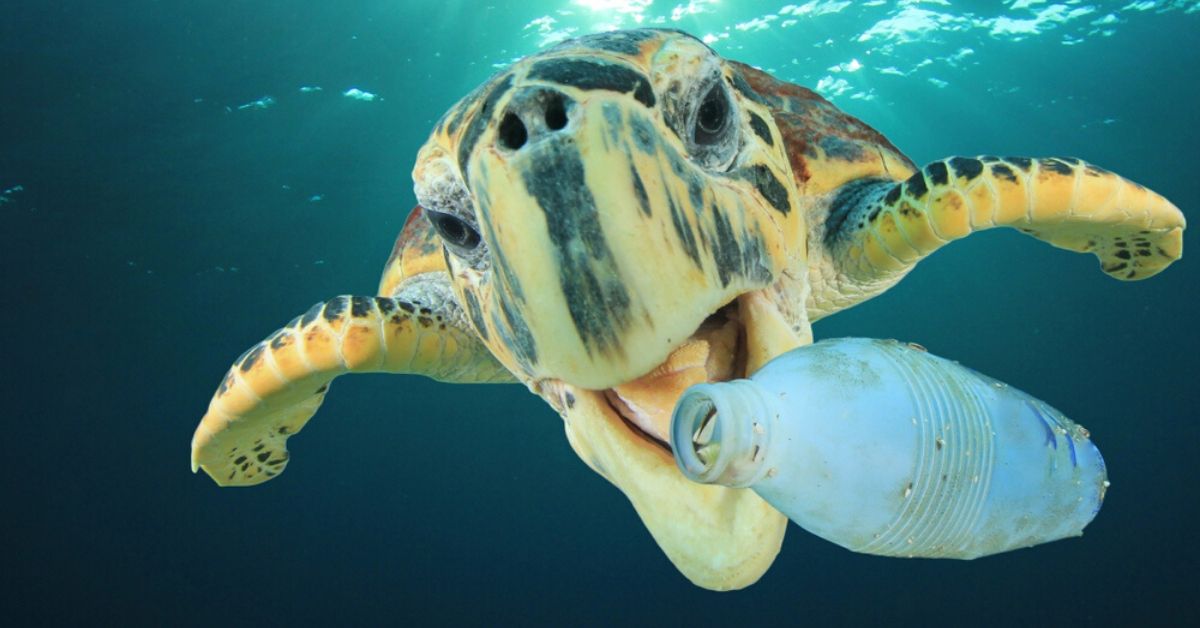What Is Greenwashing? Easy Ways to Be a Sustainable, Informed Customer
We take active measures to be planet-friendly consumers every day. Then why let marketing gimmicks fail us?

A wave of eco-consciousness is evident around the world. If supply chains are influenced by the demands of the customers, more of us are calling for eco-consciousness of popular brands. While some companies are falling in line and taking active steps, others are “greenwashing” their labels for customer appeasement.
It’s not always easy to understand which companies are making it and which companies are faking it when it comes to sustainability. So, here’s your quick guide to understanding greenwashing and how you can avoid companies who indulge in it.
What is greenwashing?

In simple terms, “Greenwashing” is when a company claims to be environmentally friendly, but the claims are either misleading or fake.
The state of Massachusetts was up in (legal) arms against ExxonMobil earlier this year, claiming that the multinational oil and gas corporation was “deceiving” its customers with false advertisements about the impact of their products on the climate.
In another news, French luxury fashion brand Rhude choreographed a show about climate change and the urgent need to “open our hearts and our minds” before it’s too late. Right after it, however, one of the designers admitted to the press that “there was nothing sustainable about his collection”.
These are some examples of greenwashing, where optics were everything but no actual steps were taken to follow what was preached.
To be fair, corporations are not obliged to be sustainable in their processes or outlook. But since the tides are very obviously turning towards conscious consumerism, some try to harp on to the opportunity, claiming that they are helping the planet.
However, some companies fail to follow on these promises. They are best avoided–not only because they are complicit in the degeneration of the environment but also because they are simply lying to you.
What signs to look out for to avoid greenwashing brands?

- Look out for semantics in advertisements: Are they showing a factory pipe entering a bright blue river? They are probably lying about how clean their factory waste is.
- Certifications and labels are everything: Vegetarian food, khadi clothes, toxic chemicals are legally bound to have proper labels and certification for easy identification. Khadi vendors, for example, need to get a certificate from the Khadi and Village Industries Commission (KVIC) by going through proper registration and check ups by the government. Look out for this before buying a khadi product.
- Absurd, irrelevant claims: Does your make-up brand claim to be the best in the world? Ask on what parameters. Did they say they are vegan? Ask if the products were tested on animals. A few minutes of research can go a long way in helping you avoid greenwashing brands.
- One eco-friendly product cannot balance the sins of the entire corporation. Versace became the focus of all cameras at the New York MET Gala when they sent their model wearing a “100 per cent green eco-dress”. Overall though, it sinks to the bottom when it comes to ranking companies in the “Changing Markets Table”.
- “If you can’t convince them, confuse them”: Some brands use highly complicated jargon that may mislead customers. Others use words like “green”, “eco-friendly” or “vegan” to describe something as obviously harmful as cigarettes. For example, “carmine” can be seen as an ingredient in many cosmetics. While it may seem like any other harmless addition, it actually means that the colour of the product has crushed beetles.
- Baseless claims with no proof: At times, companies claim to take measures to reduce their carbon footprint. But how? The Rhude incident is a good example of this.
- If the customer is king, demanding sustainability and rejecting eco-harming goods can have a butterfly effect on how companies operate. Of course, the paradigm shift from the convenient to the conscious is difficult on an individual level (plastic-packaged snacks are more easily available than loose snacks); but it becomes even more complicated on a corporate level for it involves the restructuring of entire manufacturing processes, inspecting every bit of waste produced, setting up teams to check on the carbon footprint of the corporation, etc.
Brands may thus try to greenwash their labels to woo the ever-increasing number of eco-conscious customers, but it is in our hands to understand what claims are genuine and what are not.
Silver lining to the dark clouds
Some companies have taken the opportunity of becoming eco-conscious and are genuinely trying to make a difference. To get you started, we have handpicked brands that truly act on their claims.
Clean your home and wash your clothes with cleaners that are safe for the planet. No toxins, no harmful chemicals, just your earth-friendly cleaner ensuring you have a “better home”. Click here to know more.
Get your organic, nutritious grocery products by clicking on this link.
Go for clothes that are soft on the skin and the environment. Click on these links to browse through a range of ethnic, western and casual menswear and women’s wear.
You May Also Like: Dealing With an Iron Deficit? Here’s How to Fix It With Natural Foods
(Edited by Shruti Singhal)
Like this story? Or have something to share? Write to us: [email protected], or connect with us on Facebook and Twitter.
If you found our stories insightful, informative, or even just enjoyable, we invite you to consider making a voluntary payment to support the work we do at The Better India. Your contribution helps us continue producing quality content that educates, inspires, and drives positive change.
Choose one of the payment options below for your contribution-
By paying for the stories you value, you directly contribute to sustaining our efforts focused on making a difference in the world. Together, let’s ensure that impactful stories continue to be told and shared, enriching lives and communities alike.
Thank you for your support. Here are some frequently asked questions you might find helpful to know why you are contributing?


This story made me
-
97
-
121
-
89
-
167












